I love Su. A trip down the Warappakreek (video) and some history about the colonisation of Suriname.
Holland's fortune is founded om misery and death. One of the many black pages in the history of the Netherlands is the colonisation of Suriname. historian C.R. Boxer wrote that "man's inhumanity to man just about reached its limits in Surinam".
Before Suriname became an independent country it was also known as Surinam or Dutch Guyana. Surinam was at one time a Dutch plantation colony. It was captured when it was in the hands of the English in 1667 during the Second Anglo-Dutch War. Before that it was called Francis Willoughby’s English colony.
There are a lot of former plantations in Suriname. One of these is plantation Reijnsdorp which is now called Bakkie. Bakkie is a very small village in Commewijne. You can only reach it by boat.
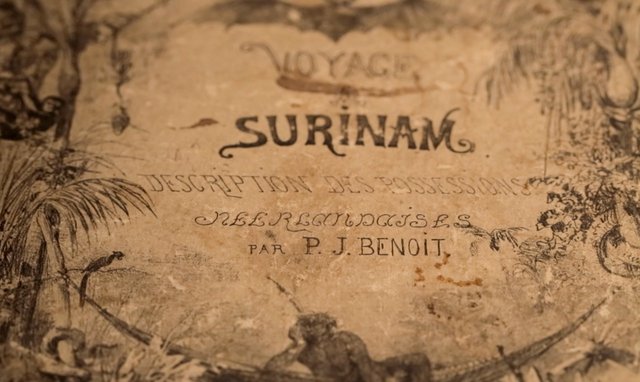
The Dutch colonisation of the Guyanas started in early 1600. Surinam was not the only Dutch colony in the Guyanas. There was Berbice, Essequibo, Demerara (like in the famous Demerara sugar) and Pomeroon. They were all lost to the British in 1814 and were merged into British Guyana in 1831. After that Surinam also became known as Dutch Guyana.
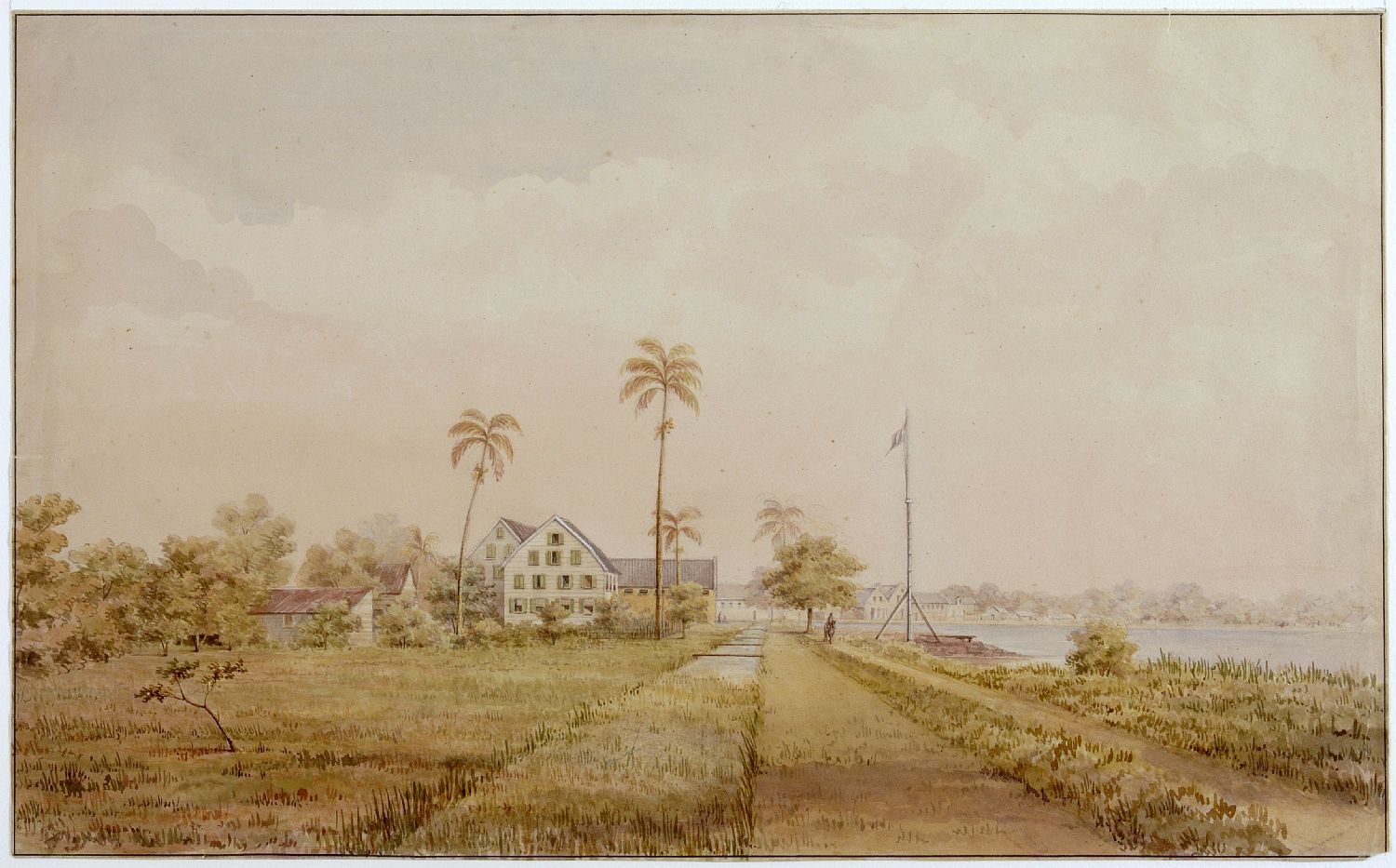
A former plantation
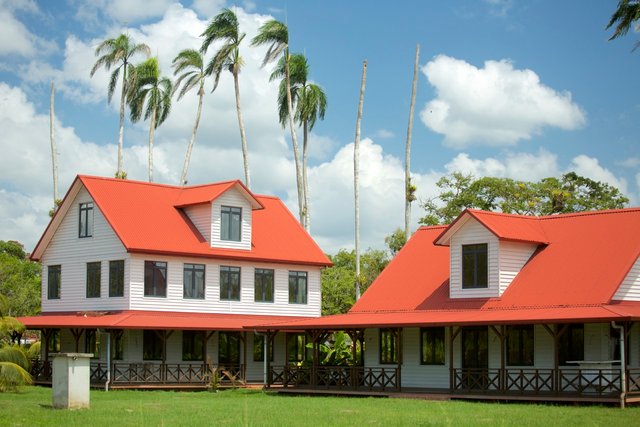
Old colonial houses can still be found in Suriname
The history of Surinam is marked by slavery. The plantations relied on slave labour. The slaves were provided by the West Indische Compagine (Dutch West India Company) from their trading posts in West Africa. Sugar, cotton, coffee, cacao and indigo were the main export products.
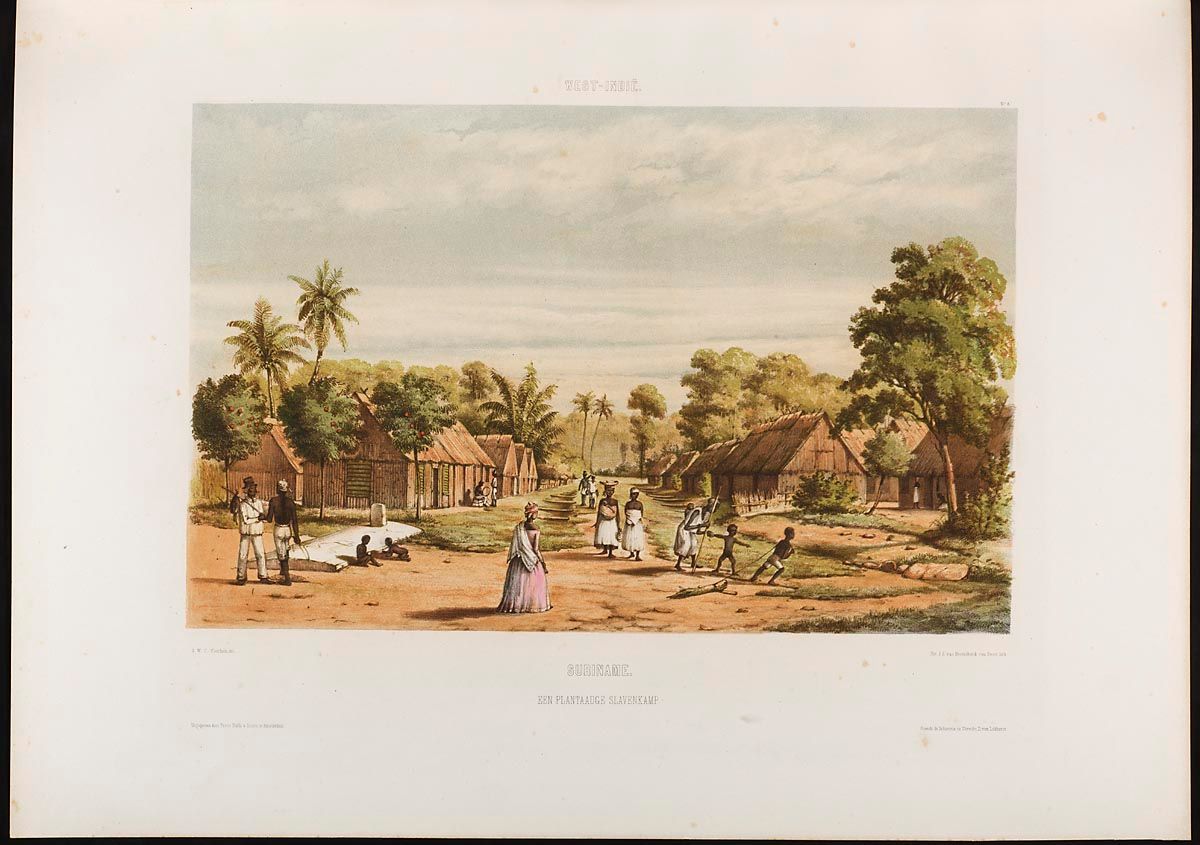
A plantation slavecamp
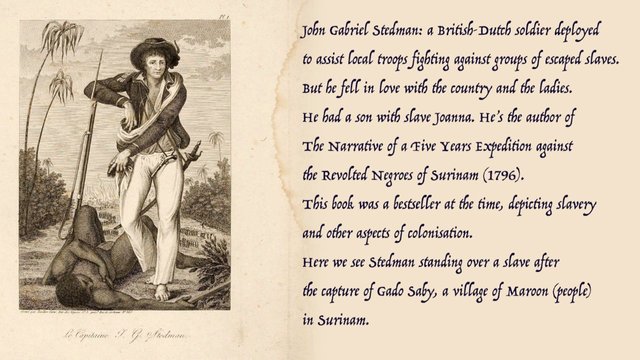
The treatment of slaves was notoriously bad. Famous are the pictures by William Blake in the works of John Gabriel Stedman. John Gabriel Stedman was a British–Dutch colonial soldier. He was the author of The Narrative of a Five Years Expedition against the Revolted Negroes of Surinam (1796). This narrative covers his years in Surinam as a soldier in the Dutch military. He came to Surinam to assist local troops fighting against groups of escaped slaves.
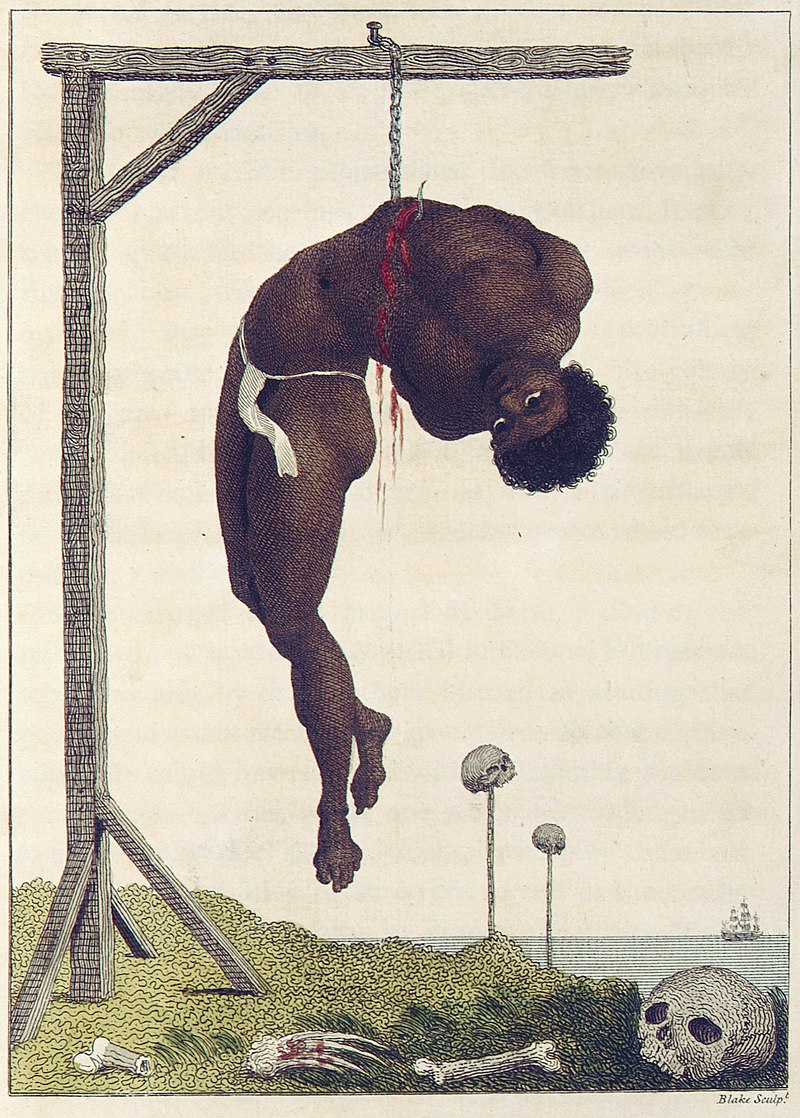
Blake's "A Negro Hung Alive by the Ribs to a Gallows"
One of the most cruel punishments was the "kromboei". A punishment so cruel that there isn’t even an English translation for the word. The slave was forced to wear iron collars around neck and ankle connected by a short chain. The slave was forced to work, sit and sleep bended for months. After that they were not able to stretch their backs anymore and were harmed and handicapped for the rest of their lives.
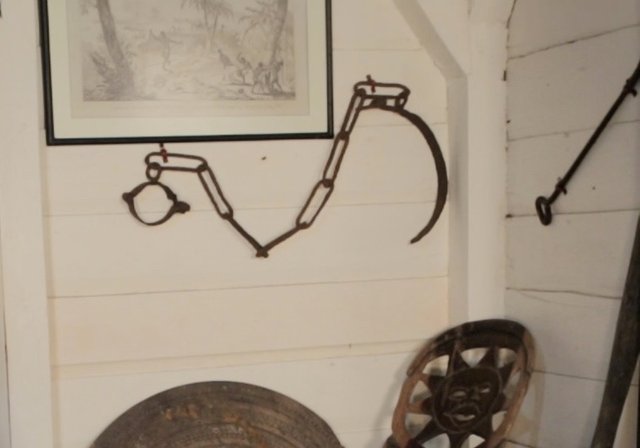
An extremely cruel punishment: de kromboei
Nowadays most plantations are gone. Slavery was finally abolished in 1863 but the slaves were still forced to work for 10 more years, while the slave masters were financially compensated for their “loss” by the Dutch Government. Most former plantations are taken back by Mother Nature. But some have become little villages like Bakkie.
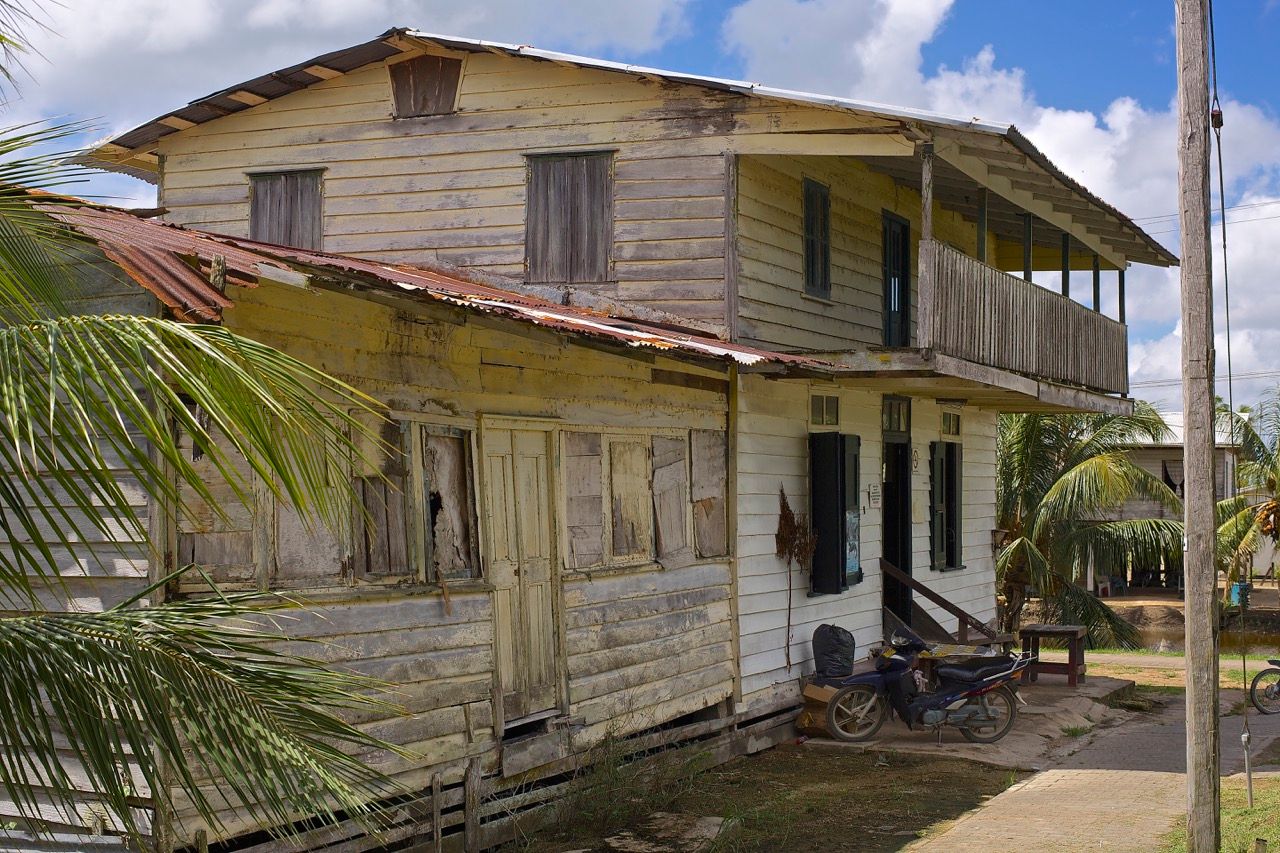
The supermarket of Bakkie
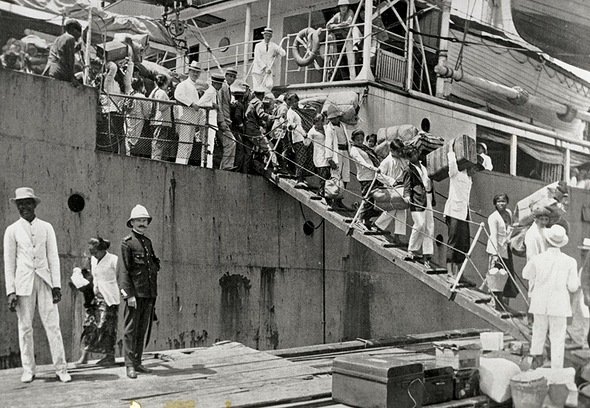
The Javanese arriving in Surinam
Bakkie is a little place in Commewijne close to the Commewijne River. Bakkie was former plantation Reijnsdorp. Most people living in Bakkie are Javanese. After the abolition of slavery many workers from the Dutch East Indies were contracted and brought to Surinam to work on the plantations. Bakkie can only be reached by boat, there are no cars in Bakkie.
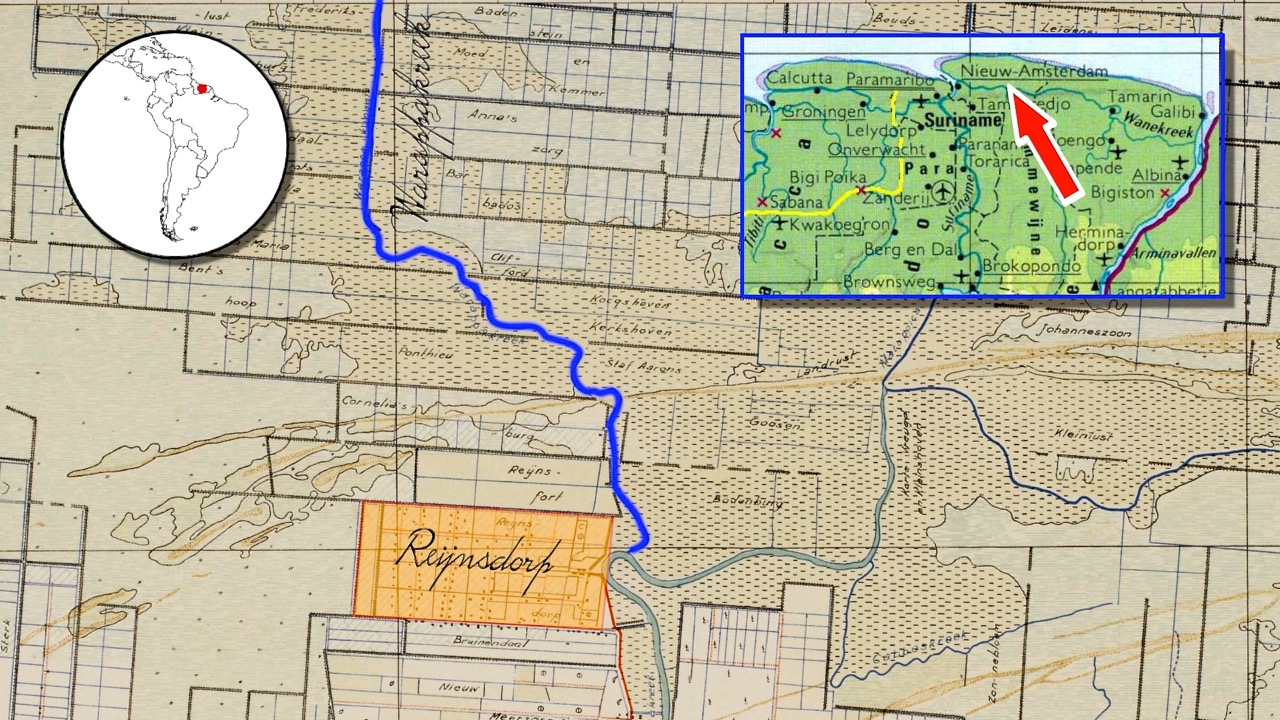
From Bakkie one can go on a trip by boat to the coast. It’s a very interesting and beautiful trip down the Warappakreek. This creek goes through the mangrove forests and was used to reach the other plantations. It was completely overgrown but it has now been cleared again. There are a lot of birds to be seen like the Scarlett Ibis, Snowy Egret and the Tricoloured Heron. You can also see monkeys if you’re lucky.
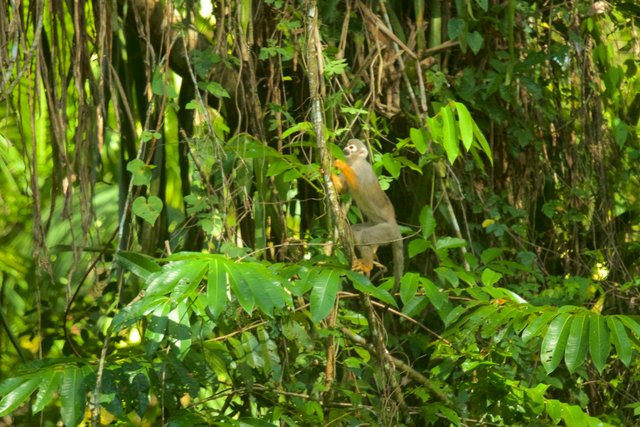
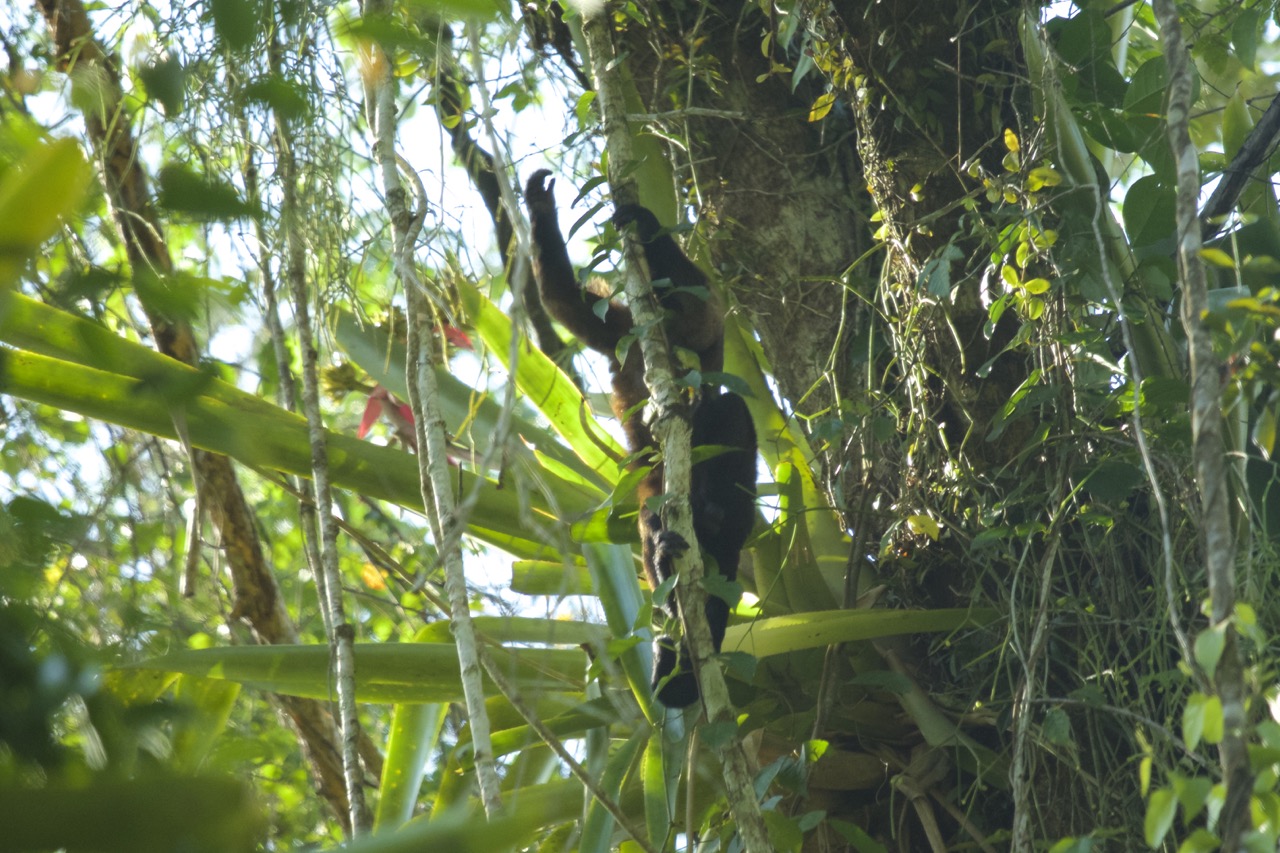
When the creek was cleared they discovered an old sugar factory from the nineteen century. It’s very close to the creek. It’s completely in ruins but most of the machinery is still complete. You can visit it if you take the trip down the creek. But better bring some mosquito spray, there are thousands of mosquitos in the forests.
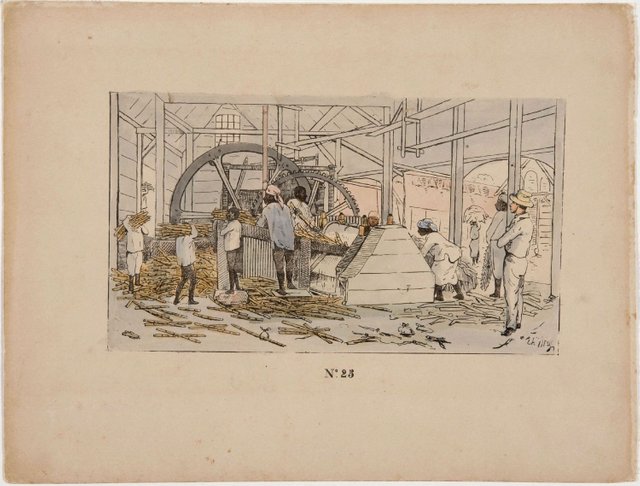
Slaves working at an old sugar factory
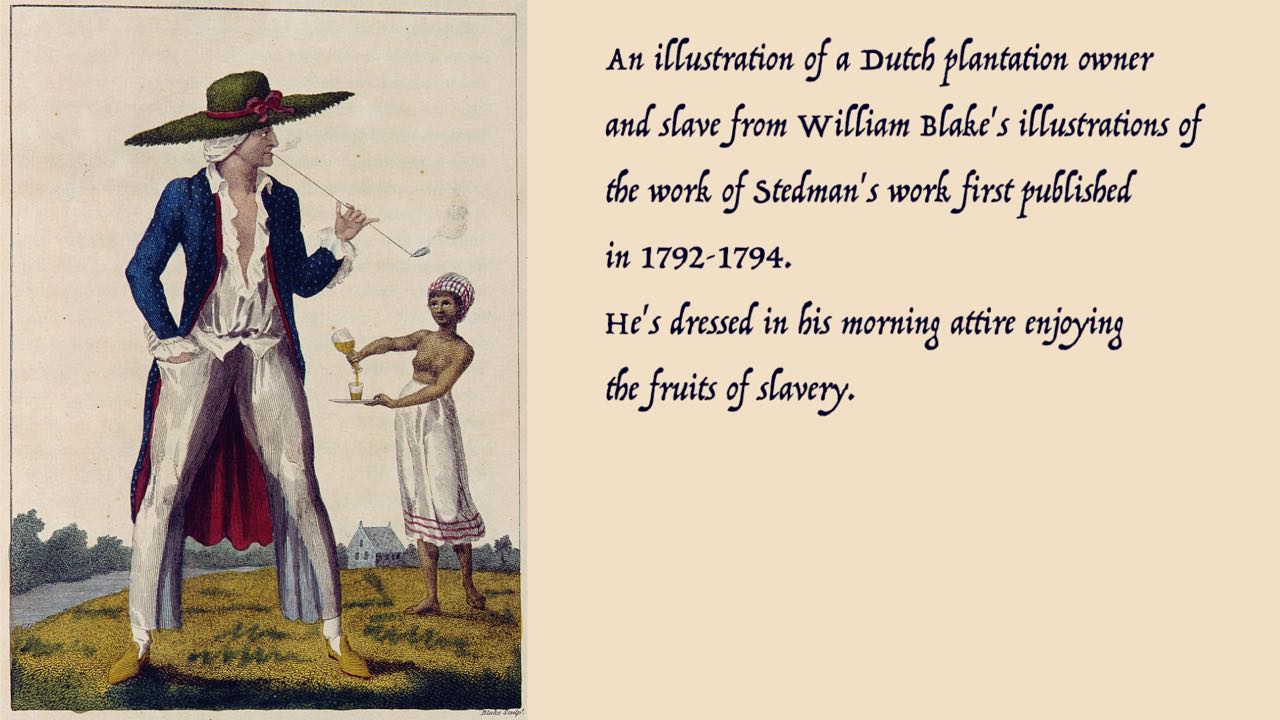
A Dutch slavemaster enjoying the good life
I edited a short video last week from the trip I took a couple of years ago. Taking a trip down the Warappakreek really makes you feel like an explorer going through the tropical jungle of Surinam.
I hope you enjoy the video.
Much love,
Gardenbsquared


Voted on this post since your @ocd nomination was too close to payout.
Keep up the good content! :)
Thank you @acidyo. I was pleasantly surprised. I'll definitely try to do so.